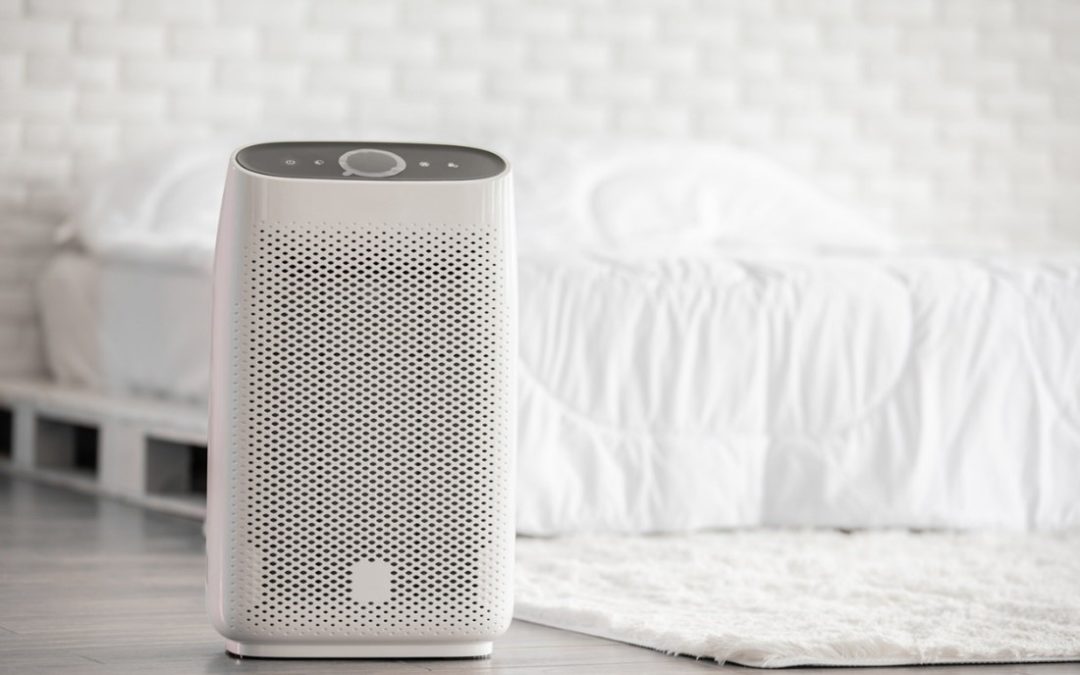When you hear the words “air pollution,” you may think of car exhaust fumes, hazy smog, and factories belching smoke. As bad as outdoor air pollution seems, though, indoor air pollution is much worse.
According to the EPA, indoor air pollution levels can be up to five times higher than outdoor levels. During the pandemic, when people are spending much of their time indoors, continuous exposure to these elevated concentrations can be particularly harmful.
Contaminated indoor air is a problem, but it’s not insurmountable. Here are 11 tactics you can use to clean and improve your home’s indoor air quality in Florida.
1. Change Your Air Conditioner Filter
Air conditioners cycle the same air over and over, which means they cycle the same air pollutants over and over. If the AC’s air filter is allowed to get clogged with dirt and debris, it can no longer remove particulates, and these contaminants will taint your home’s indoor air quality.
For maximum performance, change your filter every 45 days, or we can do it for you as part of our AC Maintenance Plans.
2. Eliminate Dust
Fight those pesky dust bunnies, pet fur and other debris that have taken residence on your floor by vacuuming once or twice a week. Install a HEPA filter in your vac for the best results.
Don’t forget to vacuum under furniture and against baseboards, and vacuum drapes and furniture cushions.
3. Keep Your Bedding Clean
Your bedding attracts a slew of allergens, so be sure to regularly wash your sheets. For best results, they should be washed every week in very hot water that’s at least 130 degrees. Consider getting dust mite-proof bedding, as well.
4. Manage Your House’s Humidity
Damp conditions are an open invitation for a mold and mildew onslaught upon your indoor air quality. Not only does mold trigger respiratory ailments, but it is unsightly and can damage your house.
Portable dehumidifiers can fight mold and mildew in the area directly around them. They are easy to move from room to room if you need to.
A whole-house dehumidifier is another solution for refreshing indoor air quality. A whole-house dehumidifier is installed directly into your HVAC system. It controls humidity in your entire house by dehumidifying air flowing through your home’s ducts.
5. Use an Air Purifier
Air purifiers are devices that trap contaminants, including pet dander, dust, mold, secondhand smoke, allergens and toxins. Also known as air sanitizers, purifiers with an HEPA-rated filter permanently eliminates a whopping 99.97 percent of airborne pollutants.
6. Buy Used Furniture
It may seem counterintuitive to purchase used furniture in order to improve indoor air quality. However, new furniture models release volatile organic compounds (VOC), which are dangerous gasses discharged by numerous paints, fabrics, and glues.
When you buy used furniture, it typically has had several years to shed its VOCs and is safe to purchase.
7. Decorate with Plants
Plants are nature’s air purifiers, and they also beautify your living space. They diminish dangerous airborne chemicals such as ammonia, benzene, xylene, and formaldehyde.
Good choices (recommended by NASA) include:
- Snake plants
- Chinese evergreens
- Spider plant
- Rubber plants
8. No Smoking, Please
Secondhand smoke contains — brace yourself — more than 7,000 toxic chemicals. Not only that, but tobacco particulates are still dangerous up to five hours after they’re released into the air. It makes sense to keep your home off limits to smokers. This includes smokers who use e-cigarettes.
9. Eliminate Household Air Fresheners
Did you know that the air freshener you’re reaching for may contain 100 dangerous chemicals? Not only can they contaminate you on their own, but they may interact with other chemicals in your house and, together, release even more dangerous substances.
Substitute your air fresheners with natural odor-removers, such as essential oil spray, herbal potpourri, pomander balls, or a pot of fragrant flowers.
10. Seal Air Leaks
Not only do air leaks waste money, but they let in excess moisture and pollutants that can compromise your indoor air quality. Leaks can happen around:
- Windows
- Doors
- Attics
- Basement
- Crawl space
- Furnace flue
- Air ducts
Air-sealing your home can greatly improve your indoor air quality.
One of our skilled technicians will happily test for leaks and determine the best way to eliminate them and restore your indoor air quality.
11. Freeze Your Child’s Teddy Bear
No, this isn’t some type of cruel and unusual toy punishment. Stuffed animals could be teeming with dust mites. Mites don’t like the cold, so by placing a stuffed toy in a freezer bag and letting it chill in the freezer for three to five hours, the critters probably won’t survive.
There are many things you can do yourself to improve your home’s indoor air quality. However, a professional can do even more. One of Progressive Air Systems’ highly trained technicians can evaluate your home’s HVAC system and make improvements for cleaner, healthier indoor air.
Contact us today for expert HVAC service!

